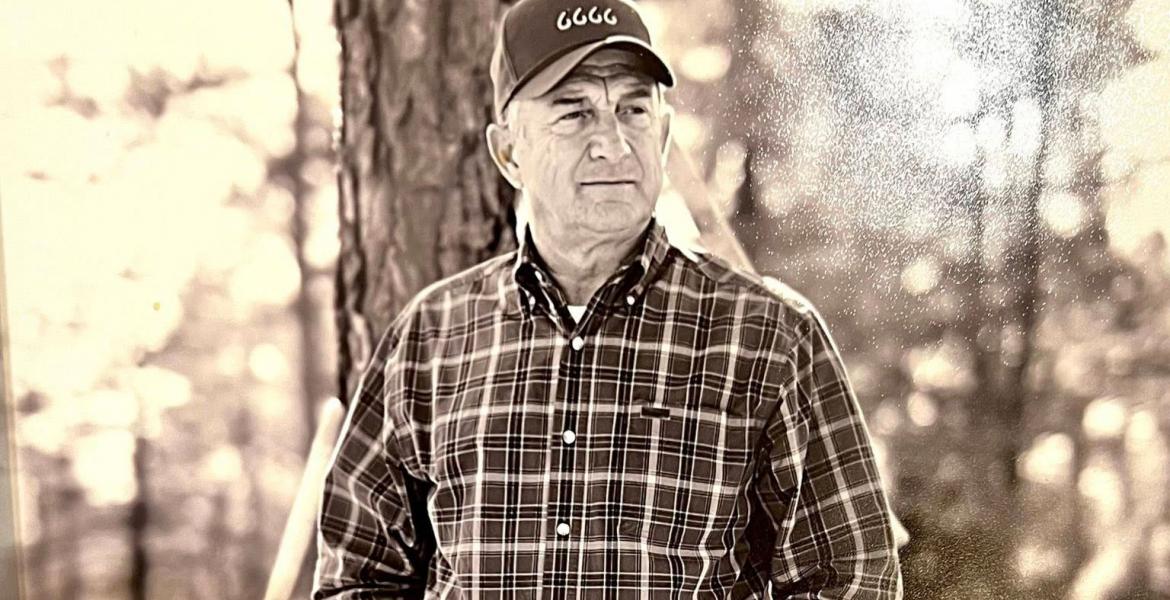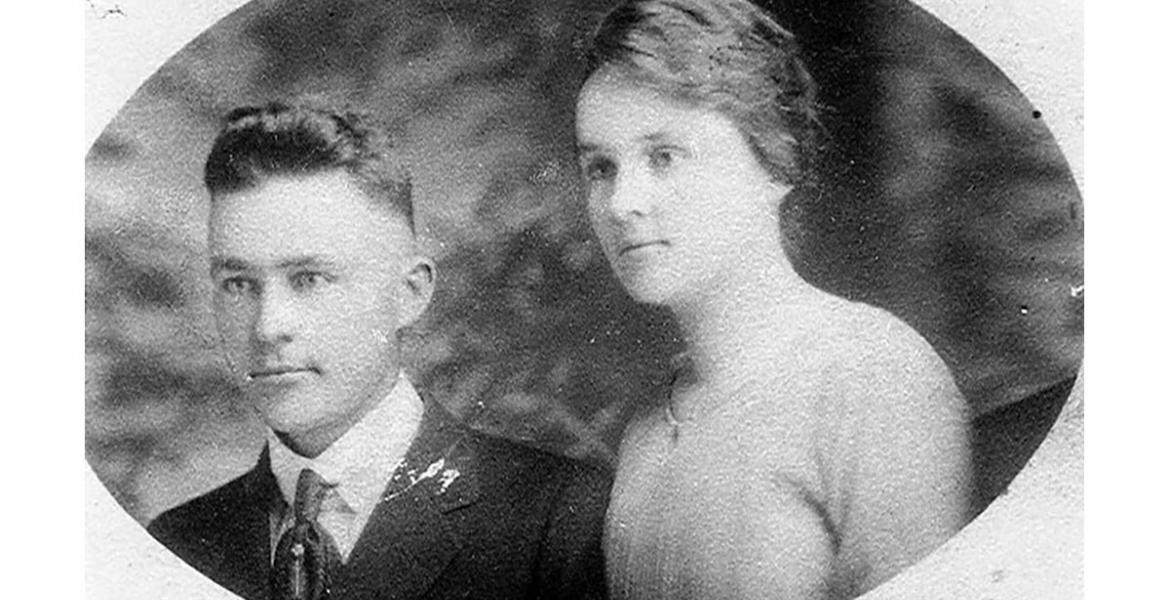Advertising, it's everywhere. Turn on the TV, open a magazine, attend a sporting event -- someone, somewhere is trying to sell you something.
Manufacturers and ad agencies know exactly how to bait the public, whether it's flirting with patriotic fetishism, driving home the fact that something's "made in America", or the snob appeal of a status symbol, like a new car or piece of jewelry; the only things which have changed over time are the faces and tastes of the consumers. The tactics are pretty much the same: Convince people that they need something, that the value far exceeds the cost, and that their lives will subsequently be all the better for making the purchase.
In the past, however, there were no email accounts or web sites to bombard with solicitations, and even during the early days of television and radio, printed publications were the most common, go-to mediums for advertising goods. Aside from billboards and storefront window displays, you picked up a newspaper, magazine or comic book for the ever-evolving, crafty excuses to separate you from your money.
The following printed advertisements are 30 of the more interesting curiosities of the consumer world. Some are funny, some are odd, others—by today's standards— would be considered blatantly offensive, but they all had their own strategy and technique, and made believers out of millions of customers.

Here's a 1938 ad for Kellogg's "PEP" cereal, highlighting the two favorite things in a woman's life -- cleaning house and looking good. With PEP, she can do both at the same time!

Well, in DuPont's defense, this was a time when a silly ad was a silly ad -- not the latest suggestion for the American idle.

Good Housekeeping magazine ran this ad in 1932. Let's see....you're a Good Housekeeping reader in 1932, and probably don't know much about the benefits/dangers of U-V light -- but just aim this light at your kid, it's good for them!

In the 1950s, Del Monte wanted to remind us that even the least capable among us could access their products. Today, ketsup, tomorrow, the world. Baby steps, ladies.

The captain in this 1960s Helene Curtis ad has just discovered 3 young ladies who've decided to Go Gay—and there's nothing wrong with that.

Edwin Wiley Grove marketed Grove's Tasteless Chill Tonic in the late 19th century, as a more tolerable quinine remedy to alleviate the ailments of malaria. The "fat as pigs" claim wouldn't be as impressive today. Offer something that 2 out of 3 of us haven't achieved already.

In the 1950s, many housewives needed the good sense of the smart shopper beaten into them. Go ahead, make a crappy pot of coffee; just don't claim the wonderful people at Chase & Sanborn never warned you!

What did one shepherd say to the other shepherd? Who knows, but when one became convinced that the other was full of it, he recommended Dr. Miles Little Pills.

This was a popular 1940s Van Camp's ad. The kid seems to have a lot more on his mind than cold beans. Beware.

Have a toothache in 1885? Pop some of these, build 50 little wooden houses, and then have a six-hour brainstorming session with your buddy about financing a chain of little wooden house shops across the country!

To 2015....from 1974: Ready, set.....outrage!

The "chubbie" sizes ended at 14-16! You haven't seen anything yet 1952! The inside of the catalog came with an adorable plump poem too.

What do you say to two women with two black eyes? Nothing, they've already switched to the smooth taste of Tareyton!

Pitney-Bowes knew the frustration that men felt, trying to get their female co-workers to understand and embrace new technology. Is it always illegal to kill a woman? Well, we are talking postage meters here!

"Taste and compare", says le arlequin Francais! Who could resist an offer of this tasty beverage, from a clown with chocolate dripping down his face?

The Soda Pop Board of America would like to remind you that it's never too soon to start a caffeine addiction. The restless nights and trails of destruction enjoyed by the soda-drinking toddler are just a result of his "boosted personality"!

Marital problems, ladies? Is your husband barricading himself behind locked doors? Chances are it's because you haven't "used" Lysol.

In 1948, Karo decided that nothing sold the wholesome uses of corn syrup like a criminally insane, nude baby....just go with it.

In 1968, Tipalet gave us a tip: Blow in her face and she'll follow you anywhere. The Stanford Research into the Impact of Tobacco Advertising claimed the ad "objectified women", and that it was "sexually suggestive". Nonsense. What woman isn't entranced by the second hand smoke of 25 cent cigars?

"Eat with pleasure, and without fatigue"; this sausage is "absolutely pure". There's no better way to express these claims, than with a suicidal pig

…because the quickest way to a woman's heart, is through her cleaning products!

Kretschmer reminds us in this ad that wheat germ is healthy; and absolutely hilarious.

In the late 19th century, Dr. J.C. Ayer & Co offered some pretty heavy stuff to treat the common cold and minor respiratory ailments. In this ad, one kid drearily paws at the container while the other eagerly reaches for the top of the bottle. Could it be because Ayer's was made with opium?

Another treatment for colds and breathing issues was smoking, of course! These cig's weren't recommended for children under 6, however.

Walcott's Pain Annihilator was a mid-19th century cure-all for, well, annihilating pain. It contained ethyl alcohol and opium, which more than likely caused you to see the things on the packaging rather than rid yourself of them. It was the "medical marijuana" of the day. "I have...migraines, yeah that's it!"

Now, who could better relate to this kind of innuendo than your average "gamer"? Marketing research at it's finest!

Grape Nuts Flakes is a part of this complete—party. Your daughter spontaneously breakdances as your wife drops her womanly accessory and engages you in an early morning make-out session. Even the dog takes notice!

In 1946, Black Flag let us know that DDT was the answer to the problem of invasive insects. The baby's testimonial is proof.

In 1955, Jockey wanted to reassure us that their junior briefs offered durability, comfort and a practical accommodation for a young man's firearm.

I'm not sure what Diane's mouth was accustomed to experiencing on Saturday nights, but Champale's "something else" was prepared to make every night taste like the weekend.
There they are, 30 of the countless oddities in the world of advertising.
While many of you may wonder how anyone ever took these ads seriously, or considered patronizing any business that produced such material; keep in mind that some of the very same methods are being used today, playing on the sensibilities and vulnerabilities of the general public.
Do you think anyone who slept on the cold pavement in front of an electronics store or was herded into a Black Friday sale this holiday season did so out of dire necessity?
The success of any advertising campaign depends on the predictability of the populace, and how susceptible they are to the power of suggestion and overall consumer conditioning.
If ads like these teach us anything, it's that many people are prone to falling for the most ridiculous sales pitches and rationale for the acquisition of just about anything.
In 50 years or so, some of the advertisements which motivated your spending habits this Christmas season may in fact make a list like this one, as people look it over and ask themselves, "what in the hell were these people thinking?"
Happy New Year.
Subscribe to the LIVE! Daily
Required






Comments
Listed By: Masaru X
Yes, some people are very gullible. Many more are self deceiving. How insecurity can motivate people.
- Log in or register to post comments
PermalinkPost a comment to this article here: